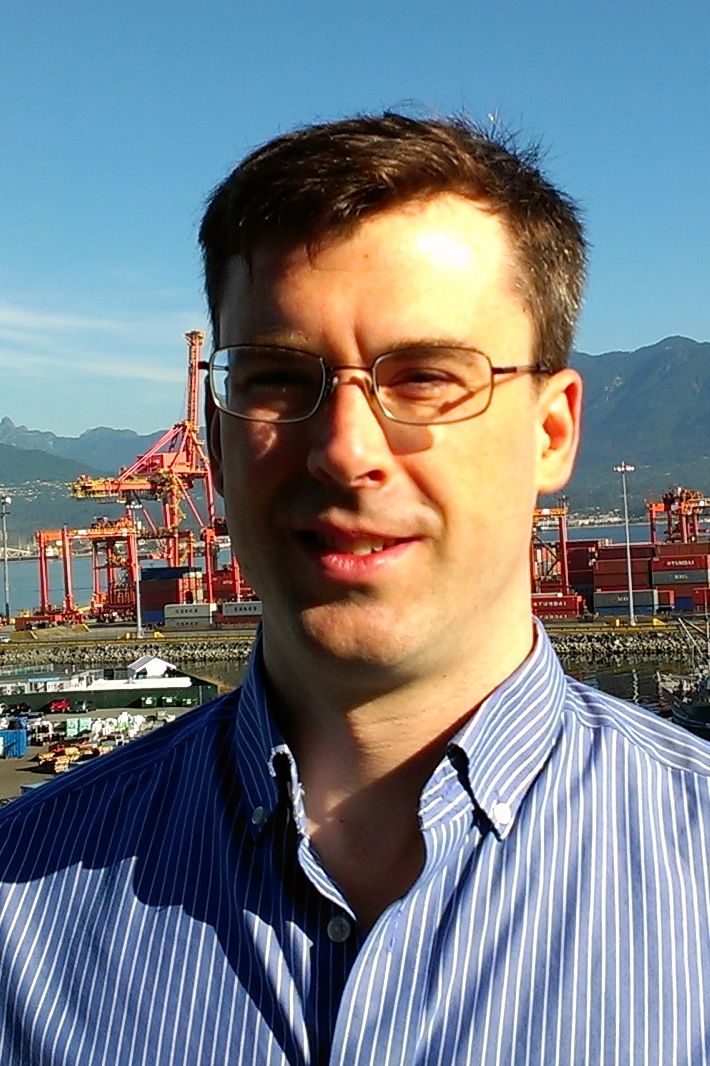Emile Hoskinson - Quantum Computing with D-Wave Processors, Oct 28, 2012

Emile Hoskinson
UBC graduate turned D-Wave scientist
Quantum Computing with D-Wave Processors - Oct 28, 2012
D-Wave is building processors that use quantum mechanics to solve problems that classical computers cannot handle efficiently. I will describe an example of such a problem, show how it can be cast as an energy minimization problem, and describe how the energy minimum can be found efficiently in a physical system with the help of quantum superposition and tunneling. I will then describe how we implement this physical system within a programmable superconducting quantum processor, and how we perform the computation to determine the system ground state and, therefore, the solution to the original problem.
Emile Hoskinson is an experimental physicist with the processor development group at D-Wave. He first acquired a taste for low-temperature physics and superconductivity as an undergraduate in the lab of Walter Hardy and Doug Bonn at UBC. During his graduate studies at UC Berkeley in Richard Packard's group, he observed Josephson oscillations or 'quantum whistling' in superfluid helium-4, and demonstrated the superfluid analog of a dc Superconducting Quantum Interference Device (SQUID). Before joining D-Wave, he held postdoctoral appointments at the Neel Institute with Olivier Buisson in Grenoble, France, where he studied superconducting phase qubits, and at UC Berkeley with John Clarke and Irfan Siddiqi where he studied microstrip SQUID amplifiers and flux qubits.


